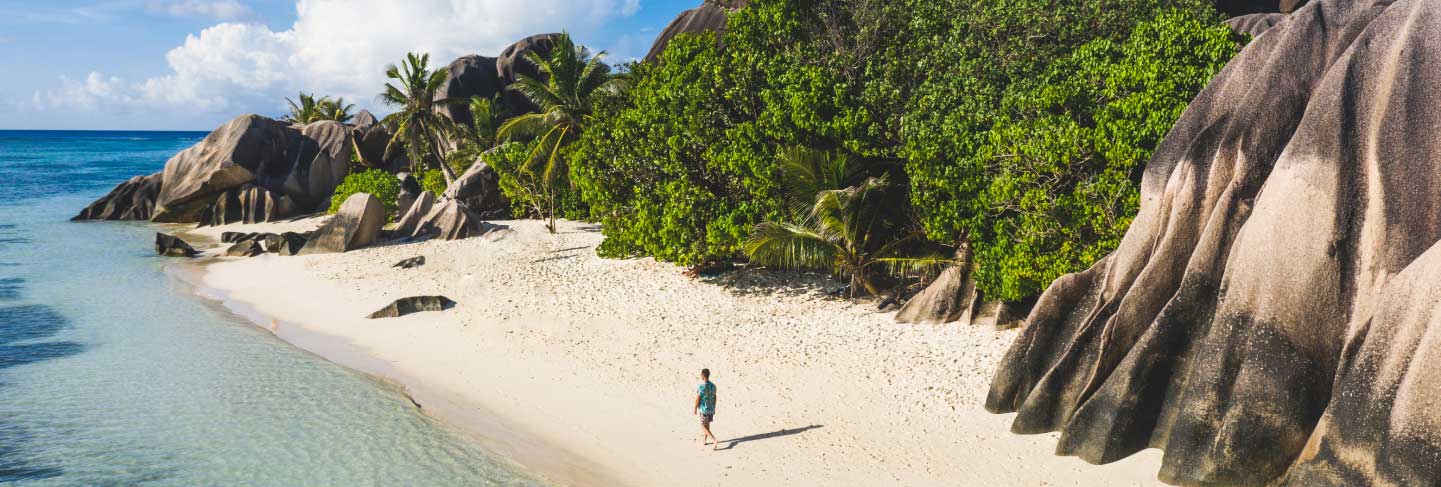Island Biodiversity Surveying Citizen Science Project in Seychelles
Have the adventure of a lifetime while contributing to sustainable conservation management.
Durations: 2 - 12 weeks
Book with confidence
Travel flexibility, because life happens! Modify your booking, even up to 48 hours before departure. T&Cs apply.
Program information
Participate in ongoing citizen science data collection projects and learn scientific techniques for conducting biodiversity surveys across the beautiful island of Mahe. Seychelles is home to several unique and threatened marine species, including hawksbill and green sea turtles, and several other marine megafauna, bird and reptile species, all of which are the focus of intensive conservation research efforts.
Grants available for up to USD13,000!
Get a GVI Foundation Grant of up to 80% on conservation programs. Everyone is invited to apply by 31 Jul.
Book with confidence
Travel flexibility, because life happens! Modify your booking, even up to 48 hours before departure. T&Cs apply.
Included in your program, at no extra cost.
Make the most of our unique programs with these exclusively curated local adventure and wellness experiences.
Offered once a month, expand your adventure with GVI Experiences. These are just some of the activities offered on your program!
Experience Thérèse Island’s coastal trails
Sauzier waterfall hike and jungle picnic
Paddleboard across the bay
Hike through lush forests and across rocky plateaus
Drift through the reef after dark
Learn about rare and endemic species of plants
Swim at a secret beach
PADI AWARE Dive Against Debris (or snorkel)
Connect with our alumni
Want to connect with some of our past participants about their adventures? Get in touch with hundreds of friendly ambassadors all over the world who would be more than happy to answer any questions.
Connect with us
Join our Virtual Open Day!















































